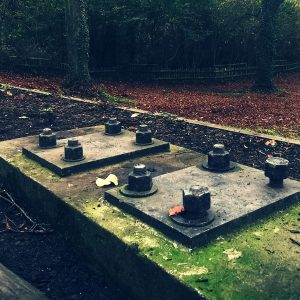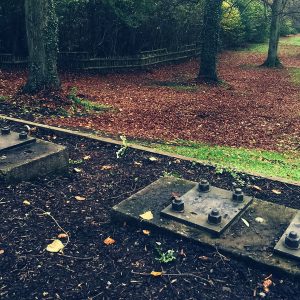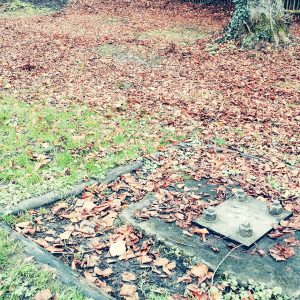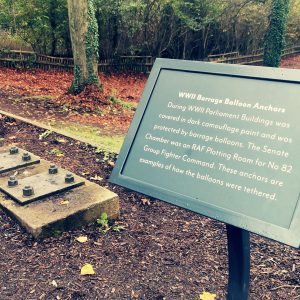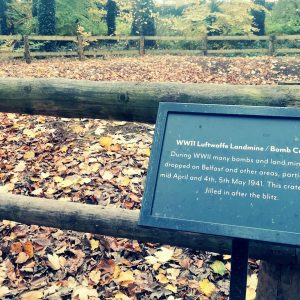During the early stages of the Second World War, the Northern Ireland Government under Lord Craigavon often appeared ill-prepared to deal with the potential of conflict. Within Parliament Buildings at Stormont, and also across Ulster, there was a belief that Belfast was outside the capacity of Luftwaffe Bombers.
Politicians spent many minutes of parliamentary time discussing provisions for the event of invasion or an aerial attack on the city of Belfast. However, much of this discussion centred on the protection of the statue of Sir Edward Carson. This monument still stands in front of the Parliament Buildings in East Belfast.
As well as talk on the statue of Carson, the Stormont Government had taken steps to protect itself. They applied a coat of manure and pitch to the outside of the Parliament Buildings to disguise the distinctive white facade.
The Parliament Buildings at Stormont, Belfast welcomed many high profile visitors throughout the Second World War. Among them were King George VI and Queen Elizabeth who attended a gathering at Stormont on 24th June 1942. As the Royal car ascended from the Gate Lodge at Massey Avenue, lines of United States Army personnel formed a guard of honour.
Remnants of War
Visitors to Stormont Estate in East Belfast can find easily accessible reminders of life in the Second Word War as they follow the walking trails. Pictured below are concrete and steel tethers used to hold barrage balloon cables in place as well as a crater left by a high explosive bomb when the Luftwaffe attacked in 1941.


